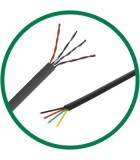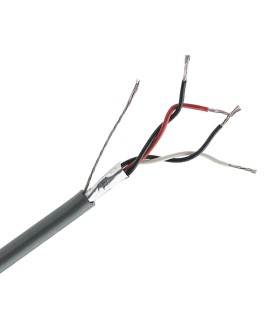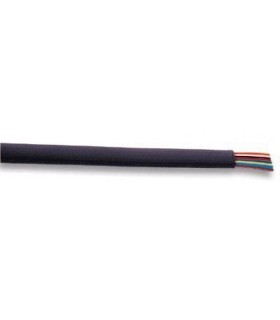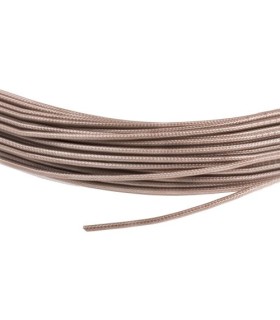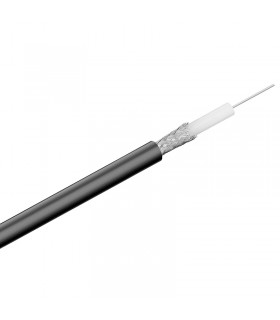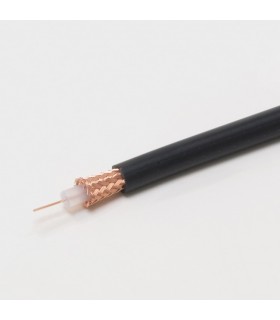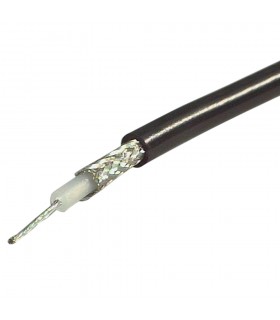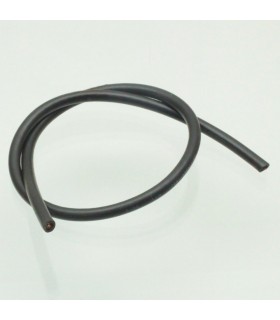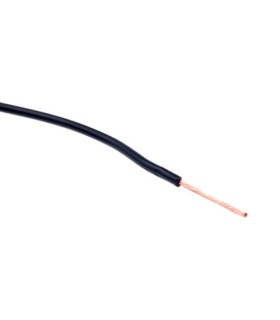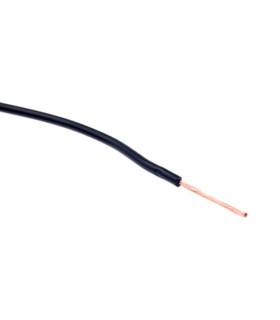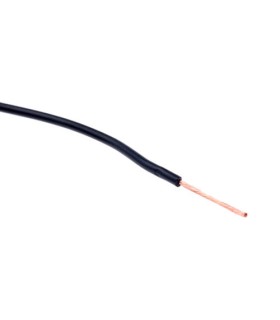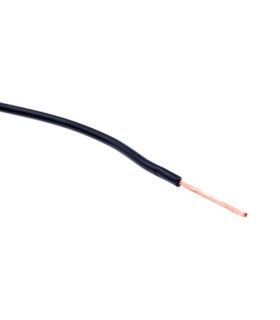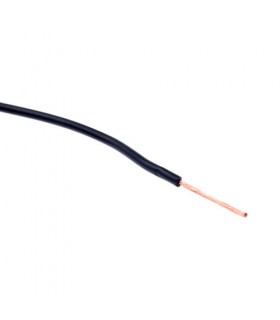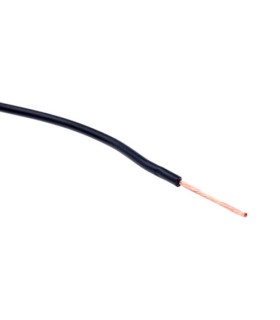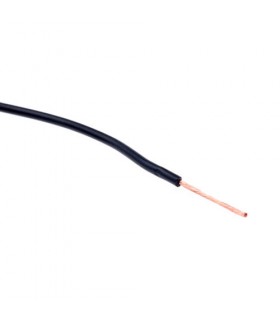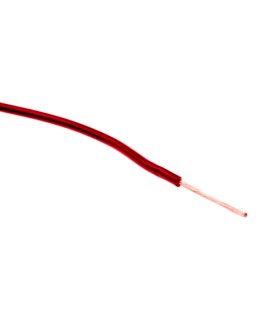Cables
Subcategories
Sale of wholesale electrical cables
Our company Errebishop is highly specialised in the wholesale of electrical cables, available in different models and types.
With more than twenty years' experience in the field, as well as successfully dealing with the distribution of electrical cables, we also manufacture many other products, both sectoral and for more common use.
All this is possible thanks to the professionalism with which we operate and the production capacity of our two plants. The wholesale of electrical cables includes articles for both civil and industrial use.
Our suppliers are among the most reliable and important manufacturers in the world:
This enables us to guarantee our customers excellent prices, competitive for both small and large quantities.
All items are manufactured to the highest safety standards for their intended use and are available in a wide range of variants.
What are electrical cables?
Knowing what electric cables are is very useful both to understand how they are made and, above all, to buy the right ones for your needs.
Electrical cables are electrical components, i.e. elements that transform, transmit or distribute electrical energy, data and information.
They are essentially made up of:
- A set of conducting wires (called cores)
These are internal conducting wires made of copper or other metals. Thanks to these wires, the actual transmission of current and/or signals takes place and at the same time a great deal of cable flexibility is guaranteed. The thickness of the conducting wires varies depending on the current carrying capacity and the resistance to mechanical stress that the cables have to withstand. - Insulating section
Each conductor wire may be covered by a protective insulating material (usually PVC) which isolates the passage of current, which remains confined to the wires themselves. All the conducting wires are in turn grouped together in a further protective sheath that surrounds them all.
Electric cables have different functions and depending on how they are used, they may be subject to certain measures such as special protection or specific installation (for example, 'armoured cables' are protected by metal tubes to increase protection).
Ultimately, electrical cables are the indispensable element for the transmission of current and signals and are present in all electrical devices.
As they are extremely delicate, great care must be taken when using them and make sure they are made of the best possible material and meet all safety standards.
How electrical cables work
Knowing how electrical cables work is very important. Electrical cables play a vital role in transmitting power and signals that otherwise could not be transmitted.
In order to understand how power cables work, we first need to understand how the electric current flows through the cables from one point to another.
The electric current within a system is formed by a flow of charges, this flow can be transported from one point to another thanks to the conducting wires of the electric cables (properly connected to the system) and arrive at the device to which one or more cables are connected, allowing it to function.
At the same time, the insulating material that covers electric cables insulates (as the term itself suggests) the passage of current, which does not disperse into the environment and is not in contact with things or people.
There are different types of cables and, depending on their intended use, each works in a specific way.
However, it is useful to know how the common ones work: those consisting of the three wires: Phase, Neutral and Ground.
- Phase
This can be black, grey or brown and is the wire on which the output current actually "travels", i.e. from the system to a device. - The Neutral
Generally blue in colour, this is the wire that carries the output current, i.e. the current that, once it has passed through the device, goes out and closes the circuit. - Ground Yellow-green in colour, this is a very important wire, connected to the circuit breaker. The earth cable discharges to earth any current leakage in the system, activating the circuit breaker.
There are also other wires of different colours with specific functions, such as returns, generally used to close certain types of circuits.
Areas of use for electrical cables
The areas of use for electrical cables are innumerable; as already mentioned, without them, power, data and signals could not be transmitted or disseminated. If we then consider that today, with a few exceptions, almost all contexts are invaded by equipment that works with electricity, it is easy to realise that listing all the areas of use of electric cables would be very difficult!
We will therefore list below some of the most common areas of use for electrical cables:
- Domestic
Indispensable for the operation of many devices and appliances, there are different types and models: light bulbs, telephones, air conditioners, etc. without electrical cables they would be useless. - Work environment
The same applies to all work environments where simple or sophisticated electrical equipment is present. Specific electrical cables can be found in industry, hospitals and in all those contexts where particular types of current intensity are required to carry out certain operations.
- Leisure and entertainment
Concerts, theatres and cinemas all make use of a large number of electrical and/or electronic devices.
Finally, they can be found in hotels, restaurants and leisure facilities of all kinds.
The list could go on and on. However, whatever the area of use of electrical cables, it is advisable not only to ensure that they are safe and of high quality, but also to disconnect them from the power supply when carrying out special connection operations.
Types of electrical cables
There are a number of different types of electrical cables, and they can be distinguished by the way they are laid.
- Overhead cables: these cables are so called because they do not touch the ground; they can be found, for example, on pylons. They are generally used in the TLC sector.
- Terrestrial cables: these are cables contained in underground pipes, at a depth such that they are protected from external shocks and stresses.
- Submarine cables: cables that cross the seabed in pipes laid in special "corridors" dug into the depths of seas or rivers.
In addition to the method of installation, the types of electrical cables are distinguished by their purpose and use. We can therefore list the following models:
- Single-core cablesThese are cables which have only one insulated conductor wire. These cables differ according to their intended use (twisted, extraflex, etc.). Some extraflex models are recommended where resistance to flames and halogen gases is required and are also ideal as signal cables.
- Multicore cablesThese cables consist of several conductor wires, and there are different models (shielded, flat, etc.) each for a specific function. This category includes, for example, audio cables.
- Data transmission cablesThese cables are used to create computer networks and to transmit signals. Flat cables, for example, transfer digital signals into computers.
- Coaxial cablesUsed in telecommunications, they consist of a single copper conductor wire and a metal mesh over which the signal in the form of an electromagnetic field travels.
- Telephone and network cablesThese are the cables that allow signals and data to be exchanged over several telephone sets and computers that rely on a network (Ethernet cables).
Choosing the type of power cables for your needs is very important, but sometimes it is not easy, so it is always best to consult a specialist.






